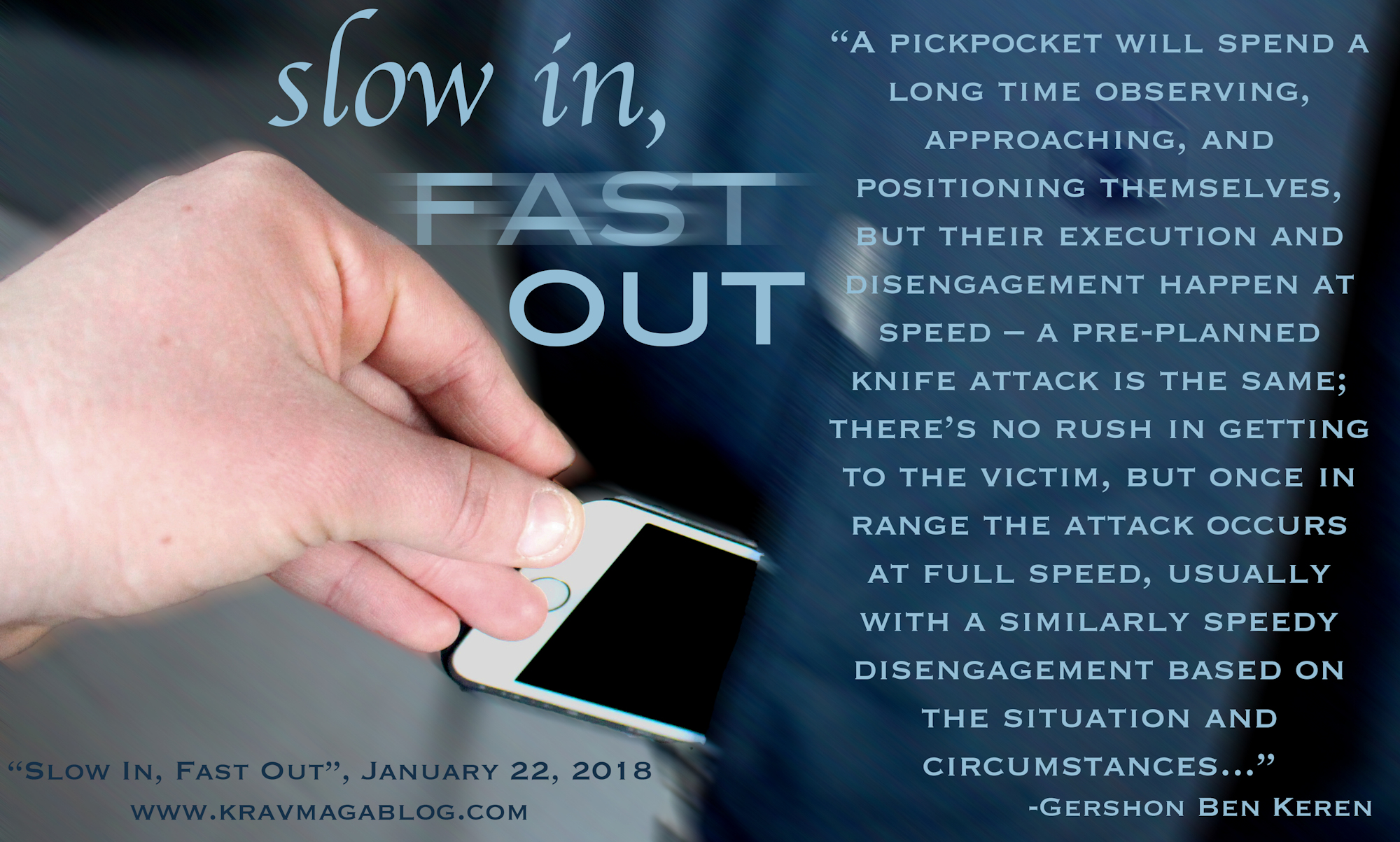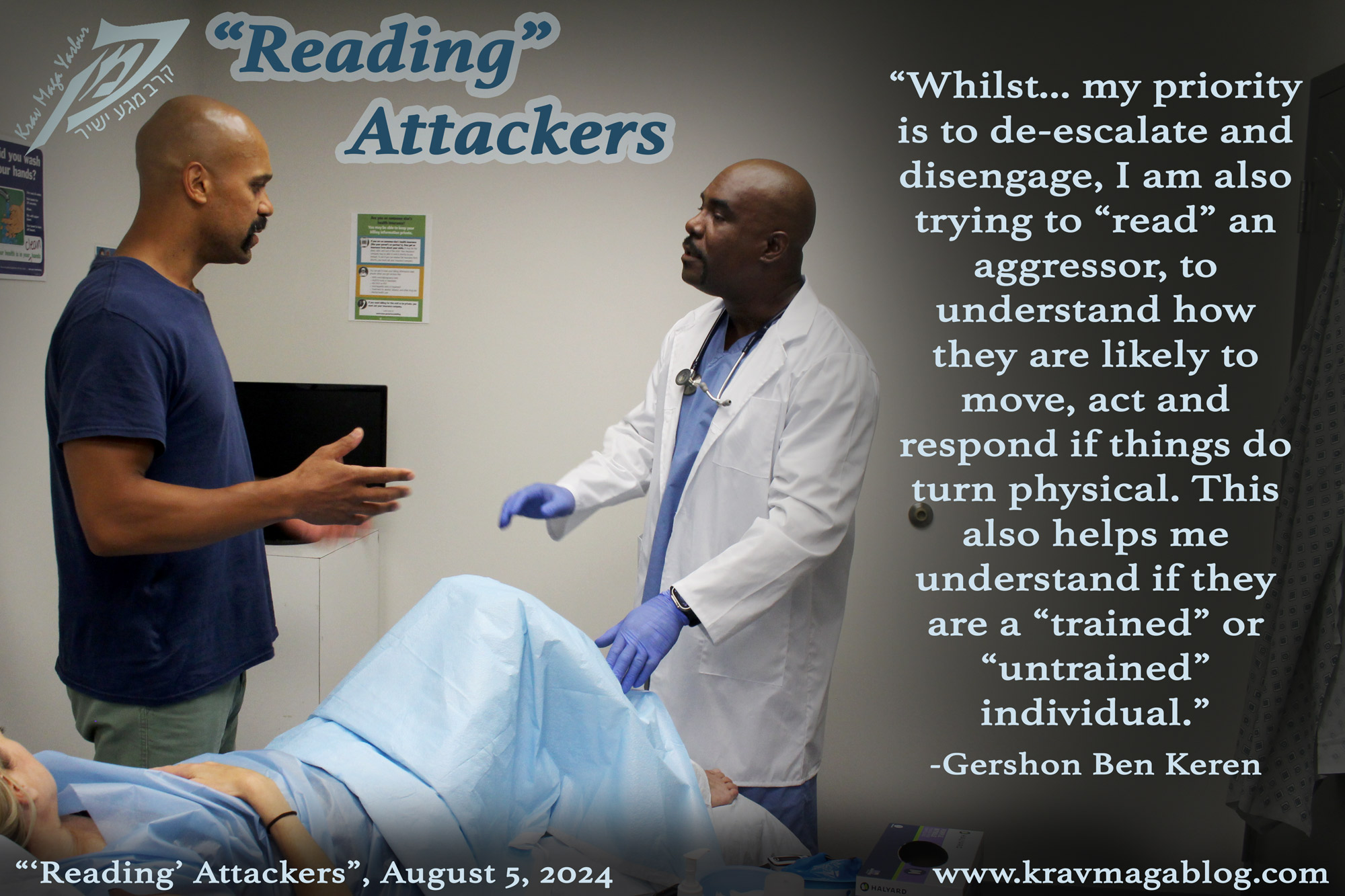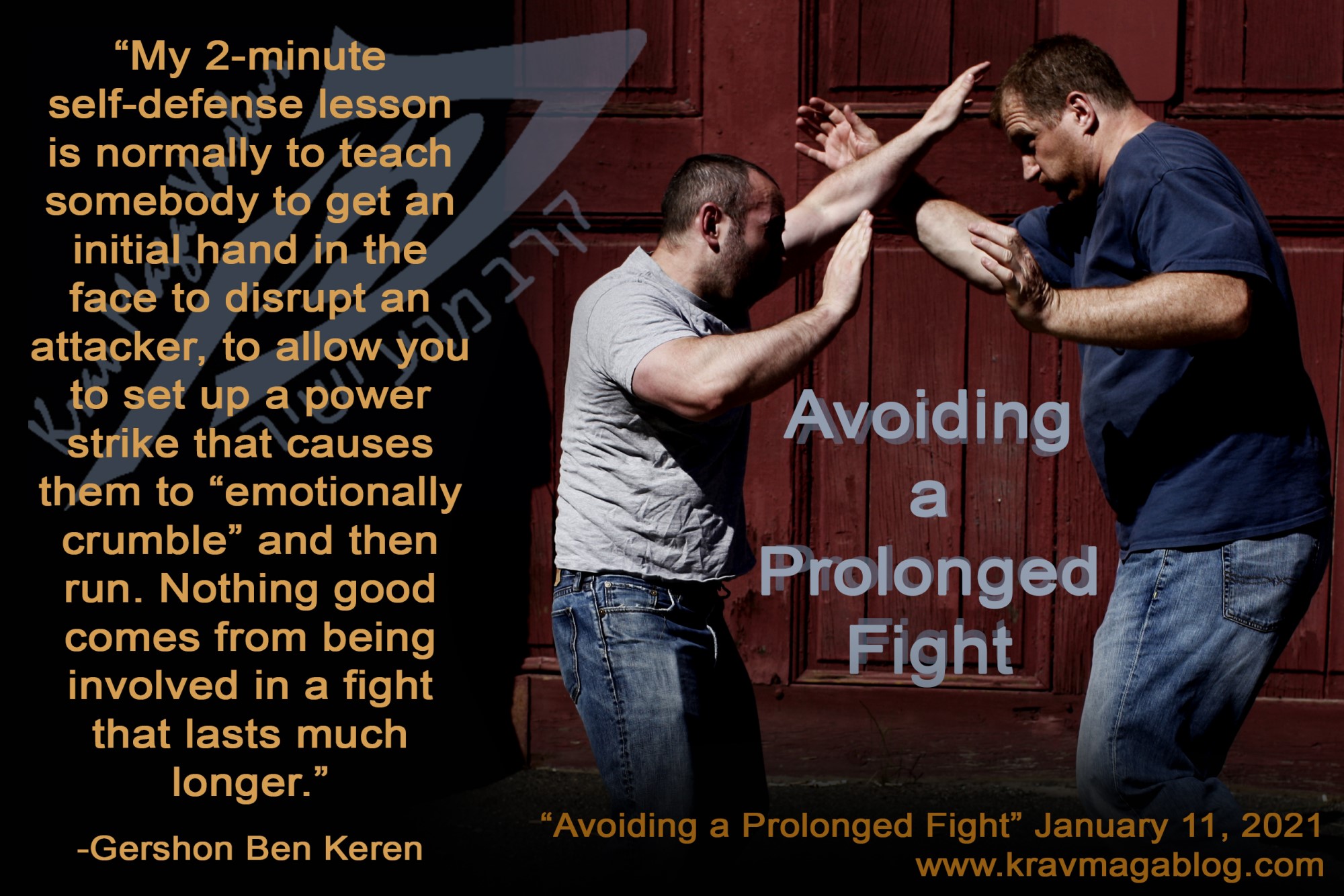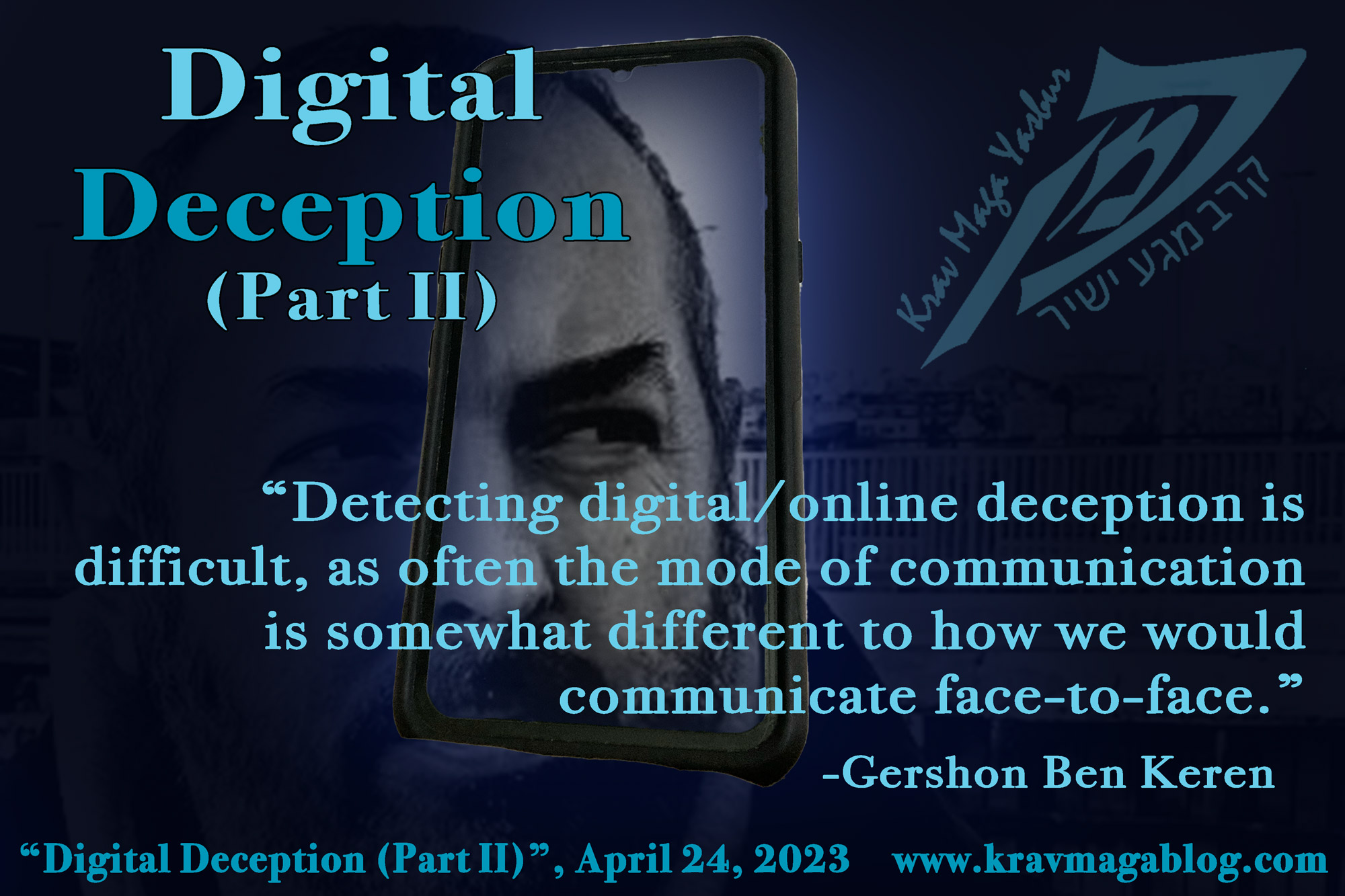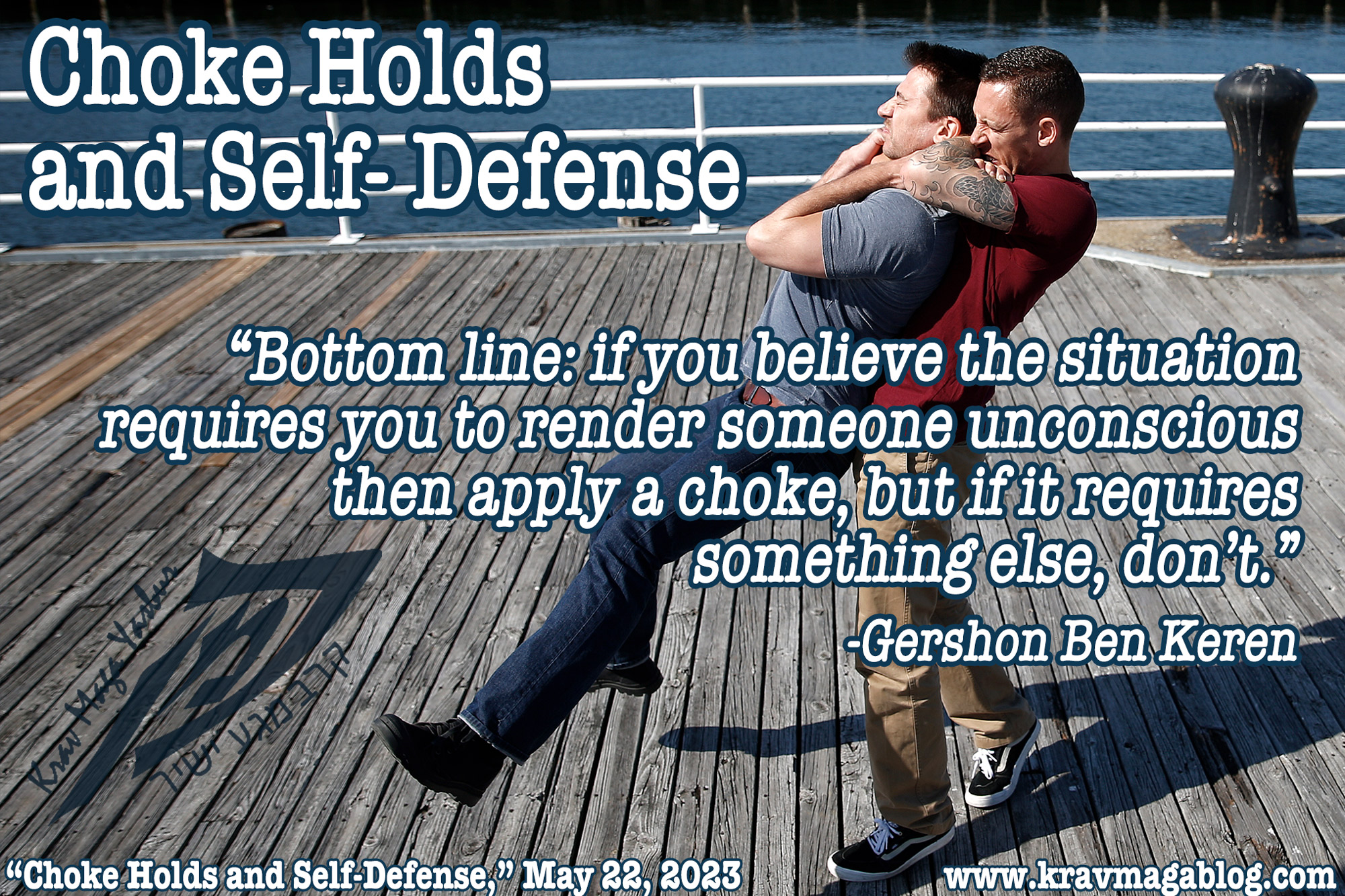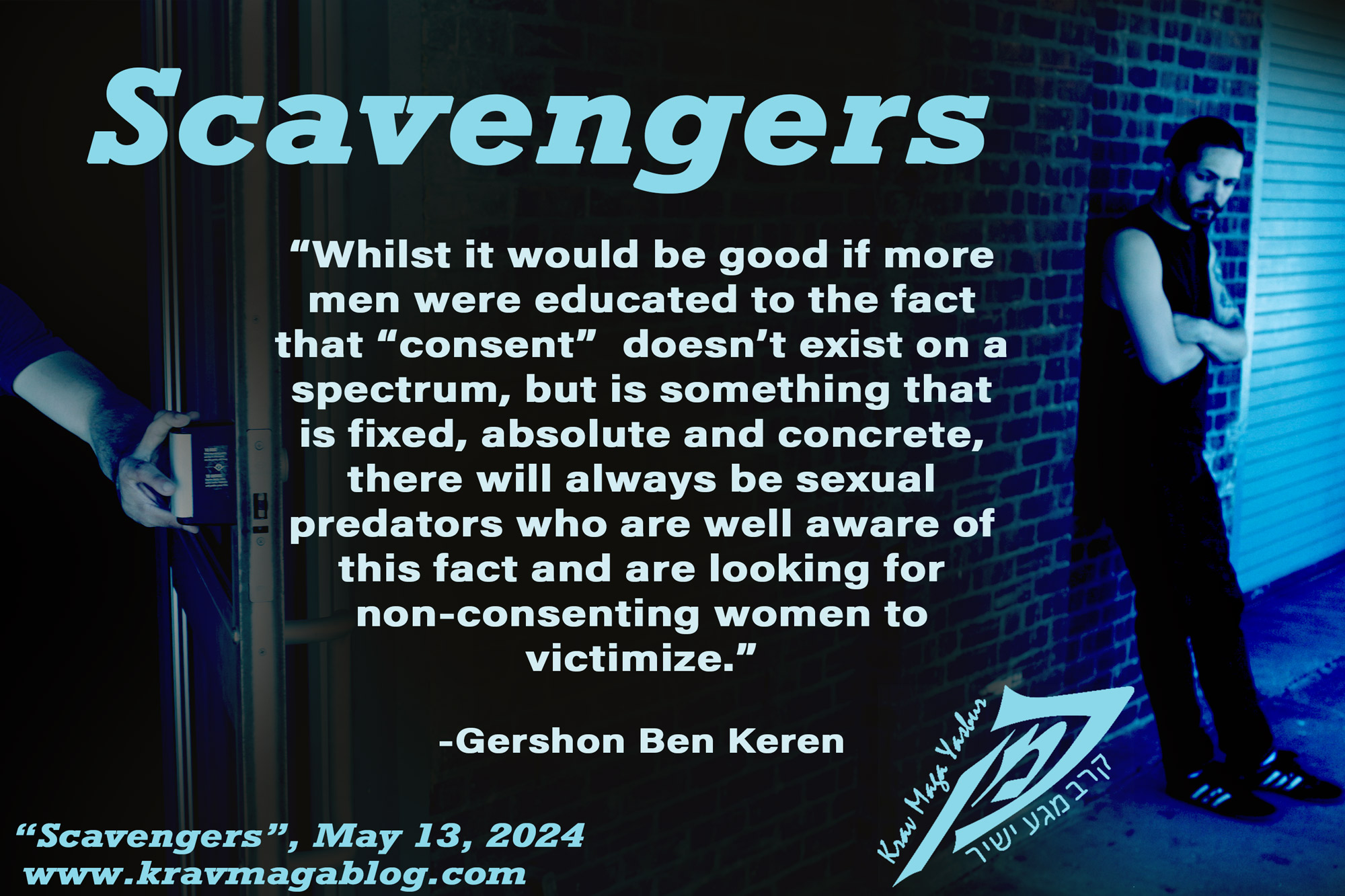Choke Holds And Self-Defense, is an article written by Gershon Ben Keren, a 5th Degree Black Belt in Krav Maga, who teaches Krav Maga in Boston, MA. He has also authored three Amazon best-Selling Books on Krav Maga.
I remember when the policy of “Care in the Community” started to be rolled out in London and the UK. It began with the 1983 Mental Health Act, that attempted to better recognize the rights and autonomy of those who had mental health problems. One of its goals was to try to provide treatment, care, and support in the least restrictive type of environment. The idea was to move many of those who used to live in large institutions into residential houses, in the community, and provide support for them there. It was a noble idea, however many individuals who had benefited and come to rely upon the daily structure that these institutions provided them, suddenly found themselves with time on their hands and little to no instruction as to how to manage this. The London tube and rail network became a place where many of those with mental health problems spent their days. The rail network provides a relatively safe and neutral space, where individuals with mental health issues can be anonymous, whilst being in a social situation i.e., not alone. Travelling a rail route can also provide enough of a distraction that someone suffering from mental health issues doesn’t have to focus or fixate on them. However, travelling on public transport can also bring those with mental health issues into contact with people who may not be in a position to effectively ascertain and measure risk i.e., if a person is actually dangerous or not. Earlier this month Jordan Neely, who was homeless and struggling with mental health issues, was choked to death on a New York Subway train, by a man who reacted to his hostile – but not violent – behavior towards him and other passengers. There is video of the man who applied the choke hold (an ex-marine named Daniel Penny) holding it for almost two minutes (with witnesses alleging that it was for around 15 minutes), with Neely being in a state of consciousness/semi-consciousness for most of it; other passengers tried to control his limbs whilst he was being choked. In this article I want to look at some of the issues surrounding this incident but primarily try to answer the question: when and how to use chokes for self-defense?
It is not clear whether Penny intended to choke Neely out or was using a choke hold as a method to control and restrain him. It took almost two minutes before Neely was rendered unconscious. Anyone who has experienced a choke applied to them on the mats, knows that it takes mere seconds to be choked out. As a Judoka competing in the 1990’s this was something we’d do to each other before we competed - we believed that because blood was drained from the brain by the choke, we’d get “new” oxygenated blood when we came to. It would take seconds for us to be rendered unconscious. There are several reasons why Penny might have taken so long to choke him out. It may be that his goal from the beginning was to have Neely pass out, and he was just ineffectual in doing so, with his choke taking a relatively long time to be applied. It could be that his goal was to bring Neely in and out of consciousness based on Neely’s responsiveness e.g., if Neely calmed down, he would release pressure, if he became more aggressive and agitated, he’d apply more etc. Using chokes as a form of pain-compliance is inadvisable. Pain-compliance techniques work when the person being subjected to them is able to make the connection between their behaviors/actions and the level of pain they experience e.g., if you are applying a wristlock, the person being subjected to it “realizes” that when they comply with your demands the pain is reduced, and when they don’t it is increased. This doesn’t work with chokes, as the person becomes less and less conscious as the choke is increased i.e., they don’t have the mental capacity to make the connection between their actions/behaviors and the force being applied. A third option is that Penny didn’t intend to choke Neely out but was attempting to use the choke as a headlock (with his legs around his body), whilst other passengers held/controlled his arms. Again, this is an inadvisable strategy, as applying pressure in this way, for a prolonged period of time is not something you can accurately measure the effects of. Bottom line: if you believe the situation requires you to render someone unconscious then apply a choke, but if it requires something else, don’t. My guess is that Penny went into the situation without a clear goal as to what he was attempting to do and believed he'd probably figure it out along the way. He may have had an expectation – possibly based on his training – as to how Neely would respond e.g., if he had experience “rolling” BJJ style he may even have expected his partner (Neely) to tap.
One of the things many people don’t understand about the rear naked choke, that Penny applied, are some of the consequences that can result from it. The pressure applied to the neck/throat by applying chokes that use the pressure of the arms to constrict the arteries, is that they can also cause swelling of the windpipe and damage to cartilage in the neck, which can result in breathing difficulties. The effects of these can be exacerbated if pressure is also applied to the lungs, such as placing a knee on the back of someone whilst they are being choked out. Drugs can also dramatically exacerbate the effects of choke holds. Depressants, such as opioids (fentanyl and heroin), and those that affect the central nervous system, such as alcohol, can also depress the respiratory system. If someone has any of these substances in their system, whilst they are being choked, then they may experience respiratory distress or failure when they are choked. Stimulants, such as methamphetamine or cocaine, can put an additional stress on the cardiovascular system, when a person is being subjected to a choke hold. If they have a weak heart or a pre-existing condition this extra stress may lead to cardiovascular and/or respiratory failure. Whilst not all homeless and/or mentally ill individuals use drugs and alcohol to self-medicate, (and there is no indication that Neely did) many do, and whilst Penny may not have been aware of Neely’s personal situation, using a choke-hold against someone who appeared to be in an agitated and distressed state – Neely allegedly was shouting, “I don’t have food, I don’t have drink, I’m fed up…I don’t mind going to jail and getting life in prison. I’m ready to die.” – should not have been a “go to” move.
There are too many who make the argument that it is better to be tried by twelve than carried by six, as if these are the binary options, and there will be some that will argue that these were the options that Penny faced. However, it doesn’t appear that Penny himself was in imminent danger, and as uncomfortable as Neely’s behavior may have made people, it doesn’t appear that any of the other passengers were either. If we ride the subway, take public transport etc., it is likely that we will experience the mentally ill etc., however in most cases, as odd and awkward as their actions and behaviors may make us feel, they are rarely a danger to us. If we are to use/apply choke holds as part of our self-defense strategy we should do so with a clear goal (rendering someone unconscious) and an awareness of the issues associated with chokes and strangulations.
0 COMMENTS